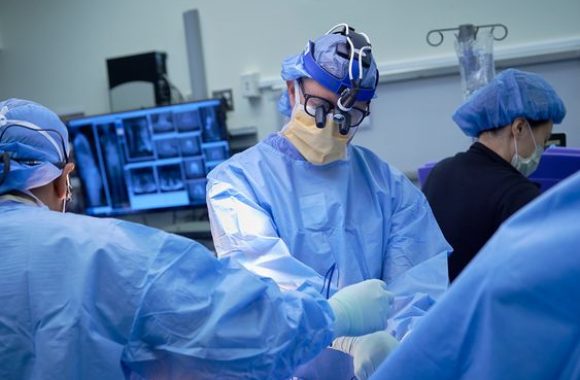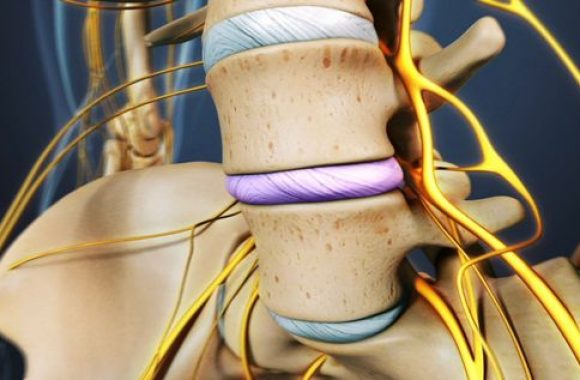


Posterior lumbar interbody fusion (PLIF) creates space between two vertebrae and fusion achieved with help of bone grafting and implants.
Anterior lumbar interbody fusion (ALIF) is the same as PILF. The only difference is that the spine is approached from the front.
Trans-foraminal lumbar inter-body fusion
Posterolateral gutter fusion
Extreme Lateral Inter-body Fusion (XLIF) .
Multilevel Spinal Fusion: Lumbar spinal fusion surgery is the most effective procedure for problems involving one segment of the spinal vertebra as the movement improves with this. For some cases of pain, two levels can be fused though it places a lot of pressure on the remaining joints. Three or more levels of fusion are done in cases of scoliosis and lumbar deformity.
ACDF: Anterior Cervical Discectomy and Fusion is used to relieve cervical disc herniation symptoms like spinal cord and nerve root pressure and associated numbness, pain, and tingling. The disc is removed with the fusion surgery in the ACDF procedure. It can also be done for cervical degenerative disc disease and for more levels of the cervical spine.


Popularly recognized as the friendly and talented orthopedician in the community, Dr. Vijay is one of the well known orthopedician in Chennai.